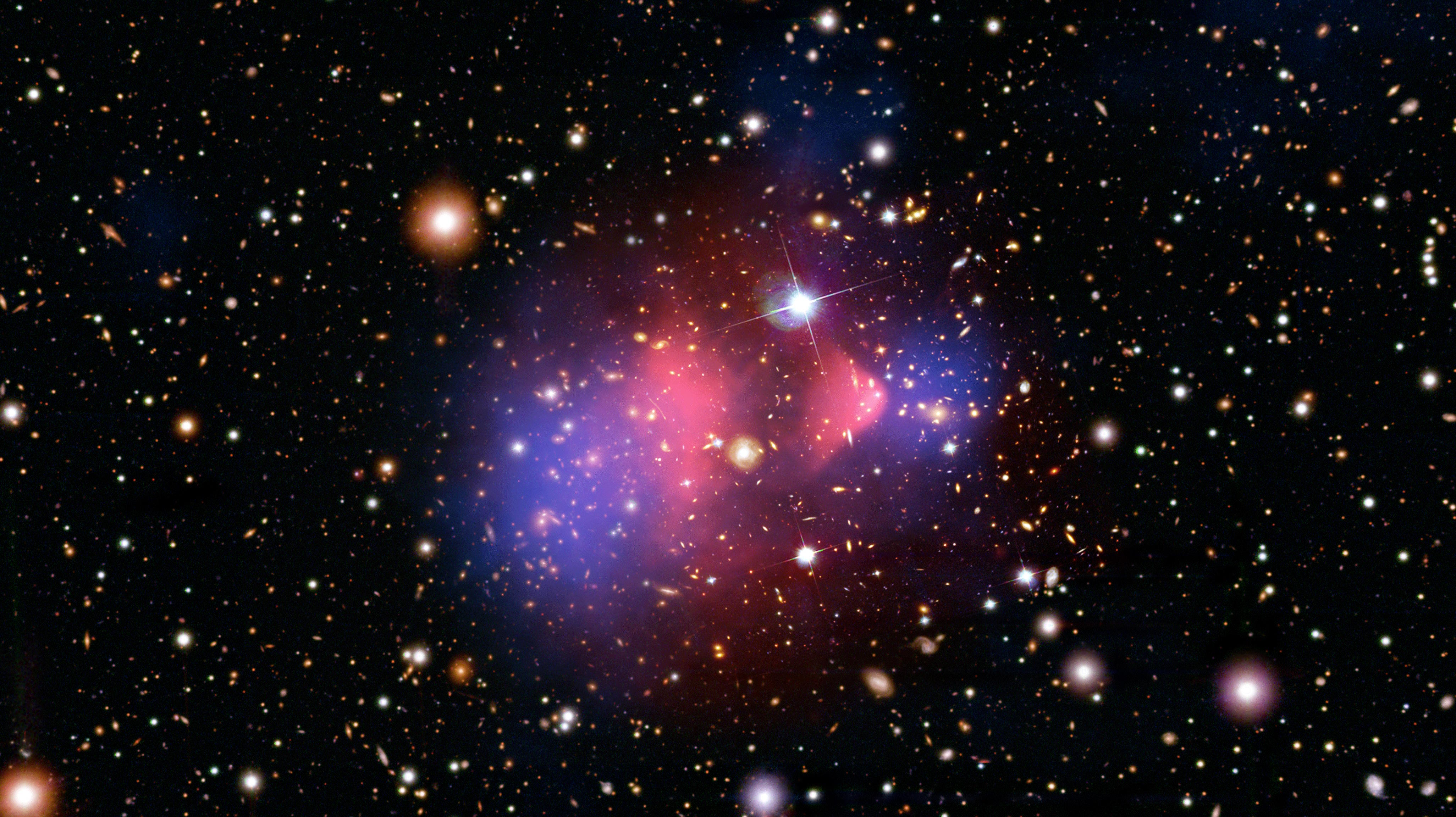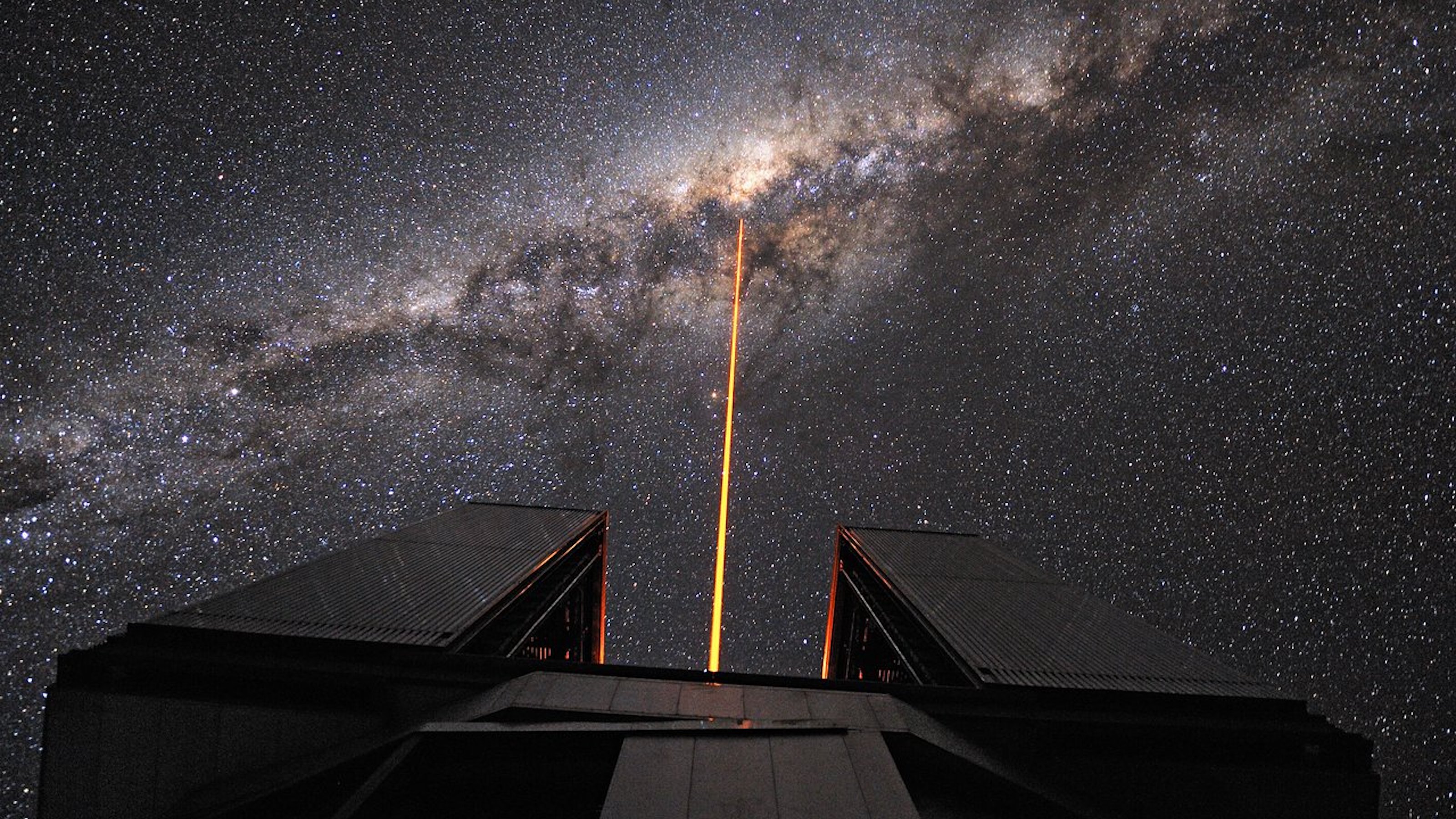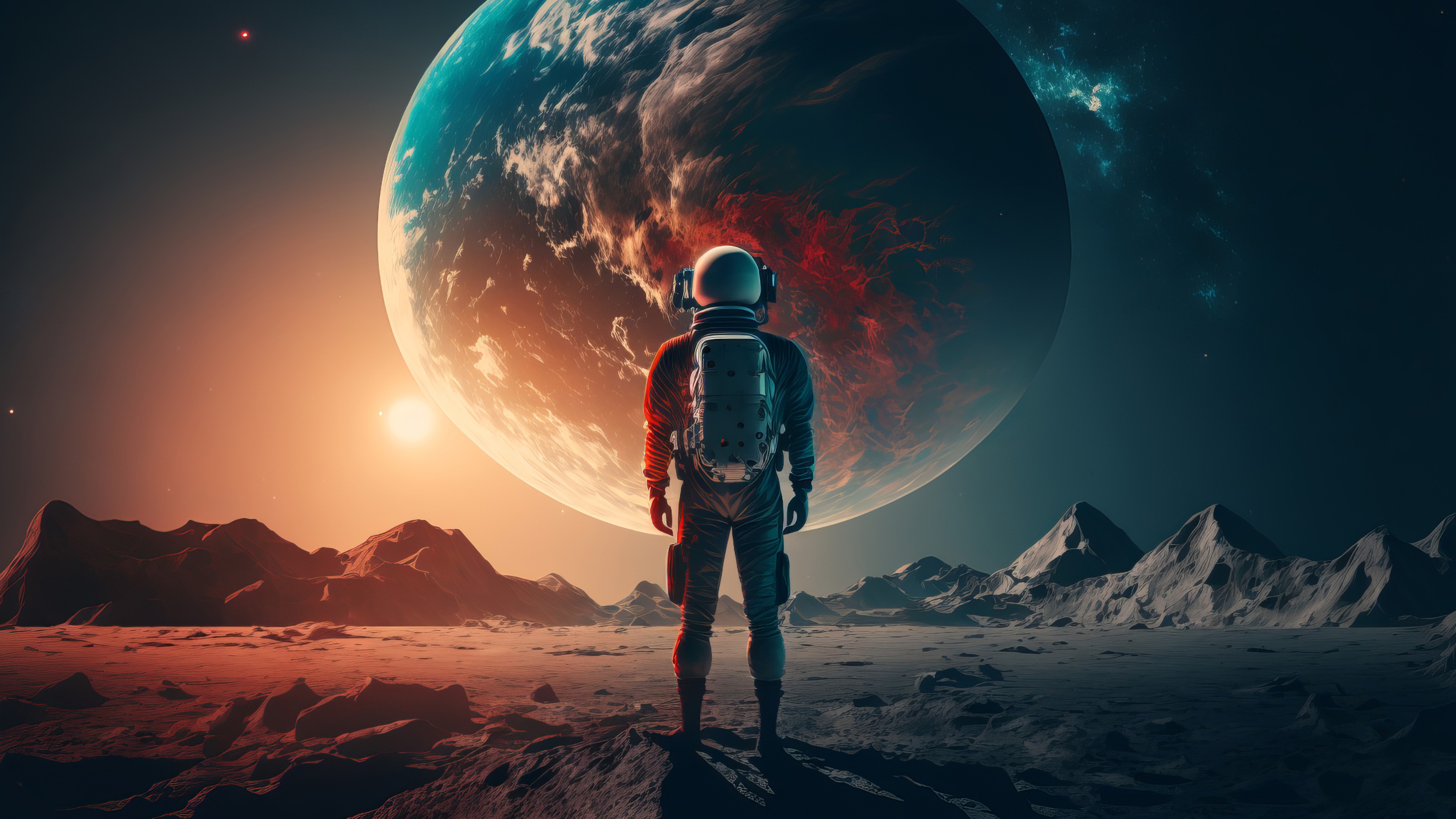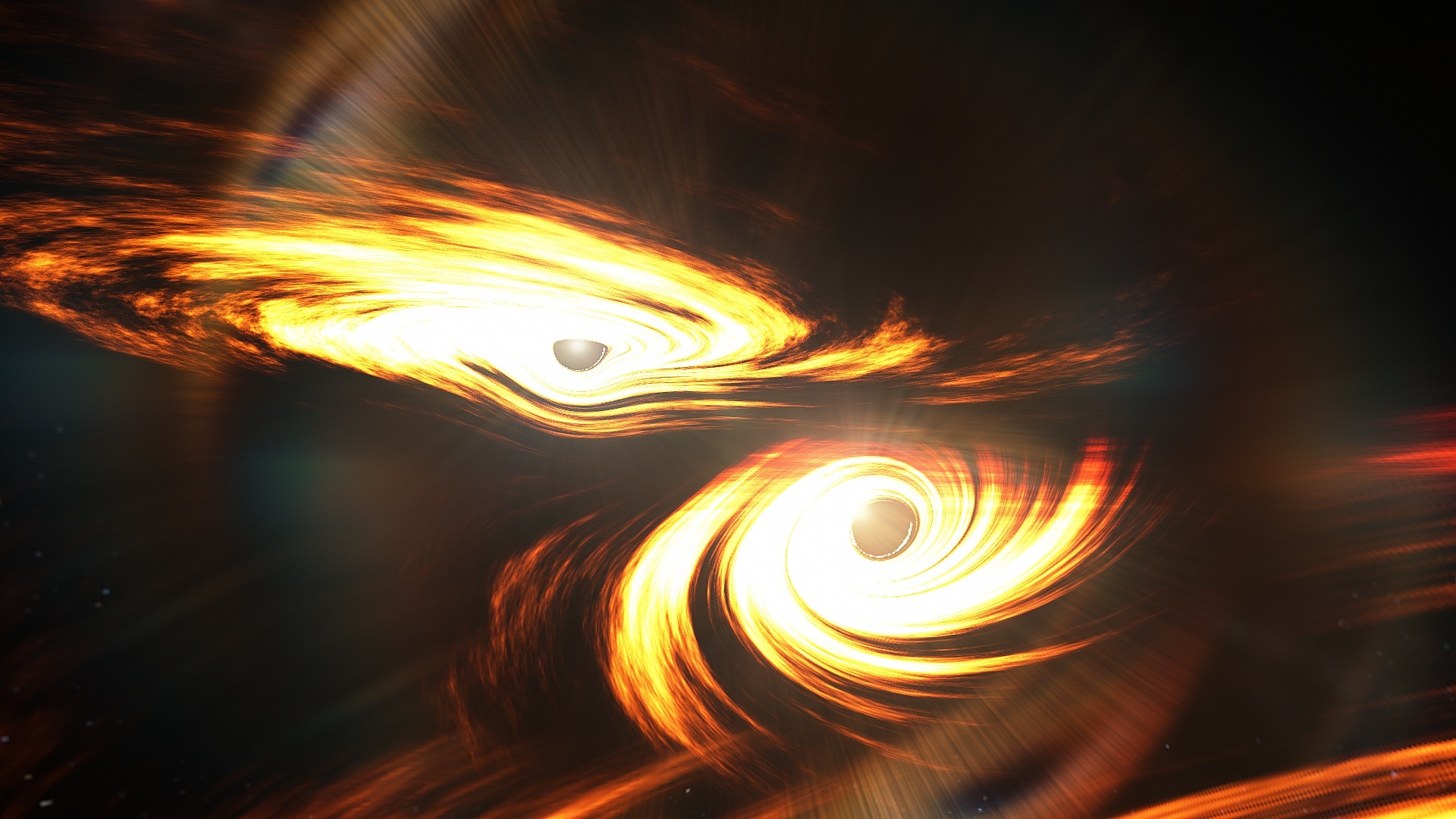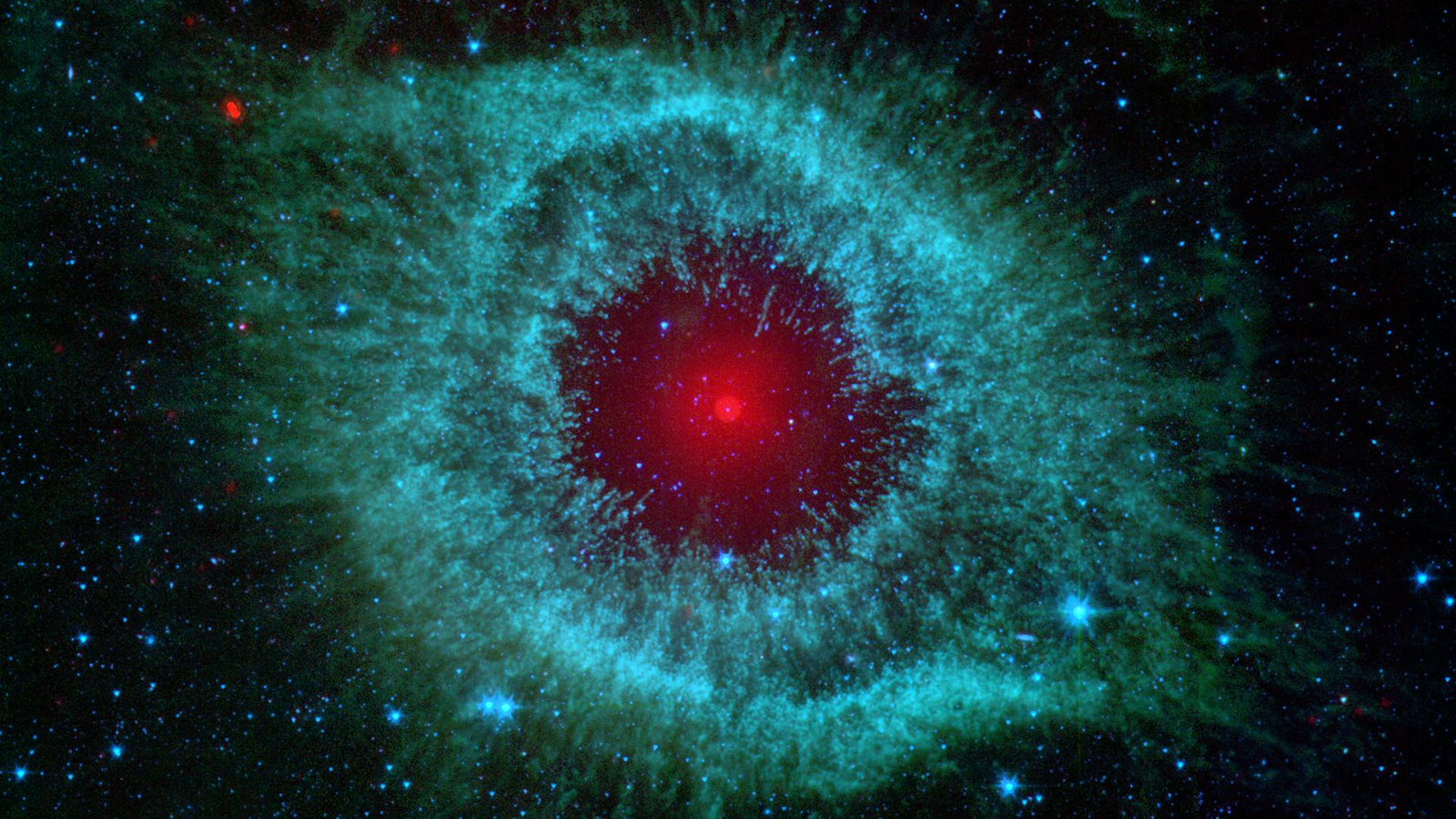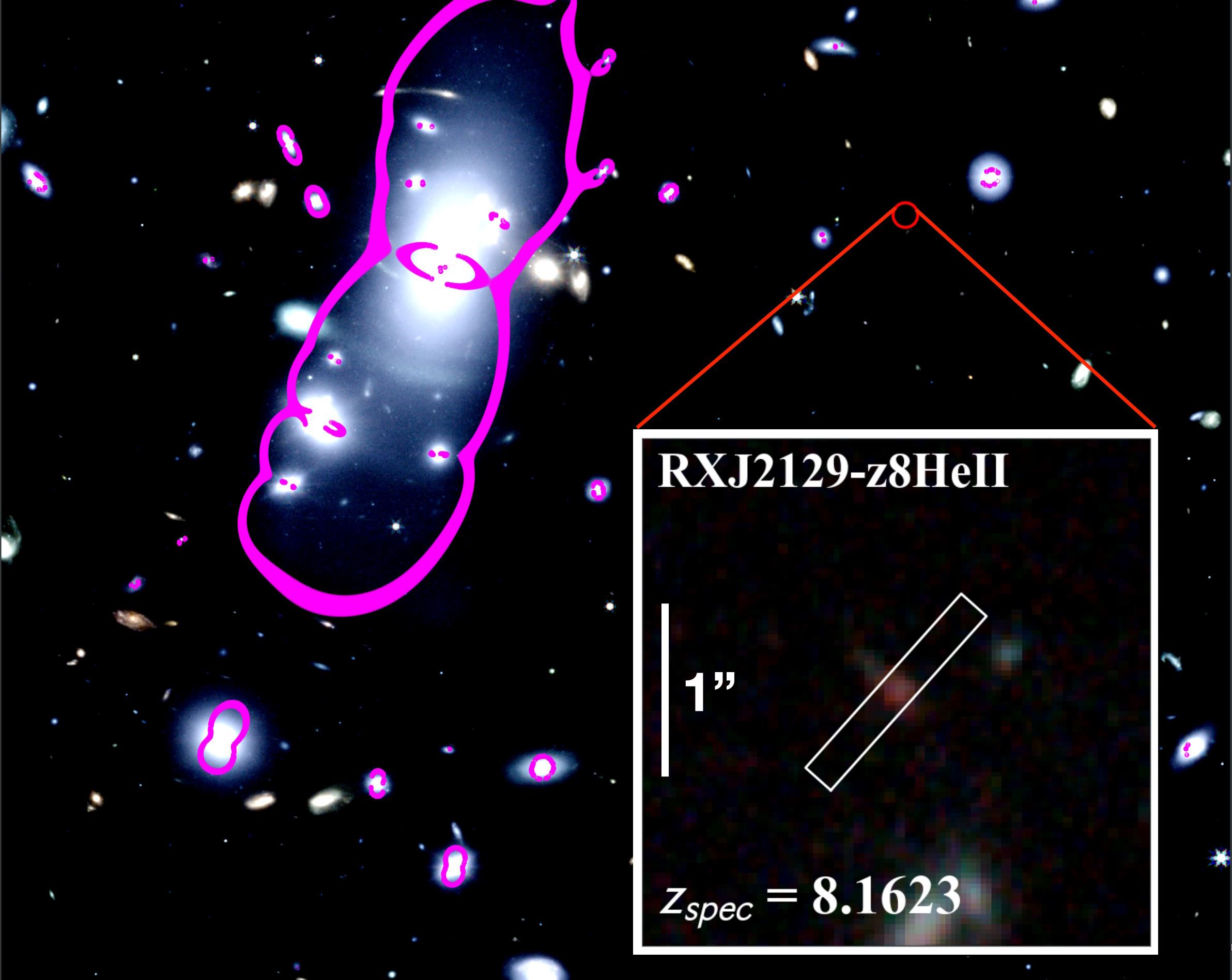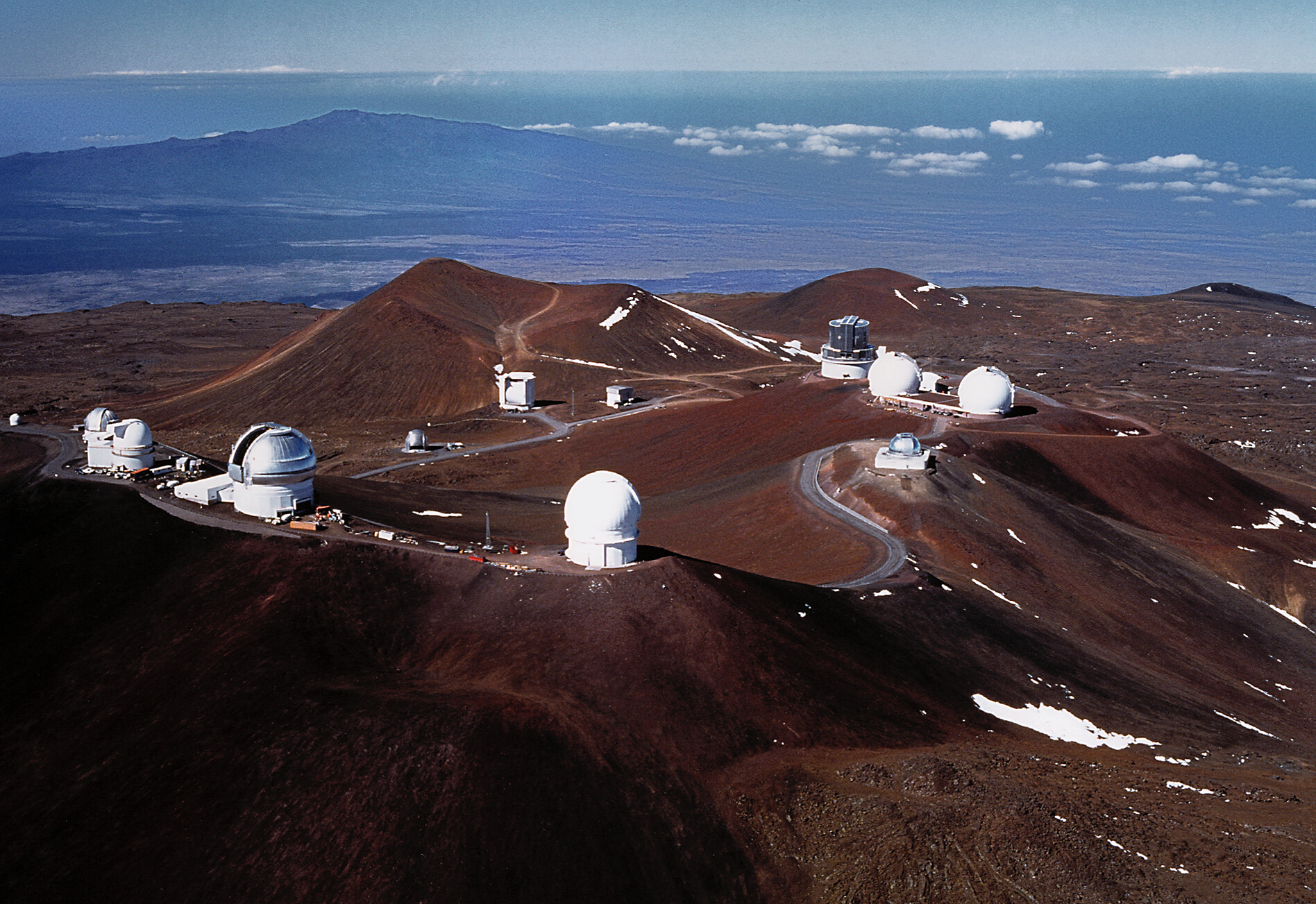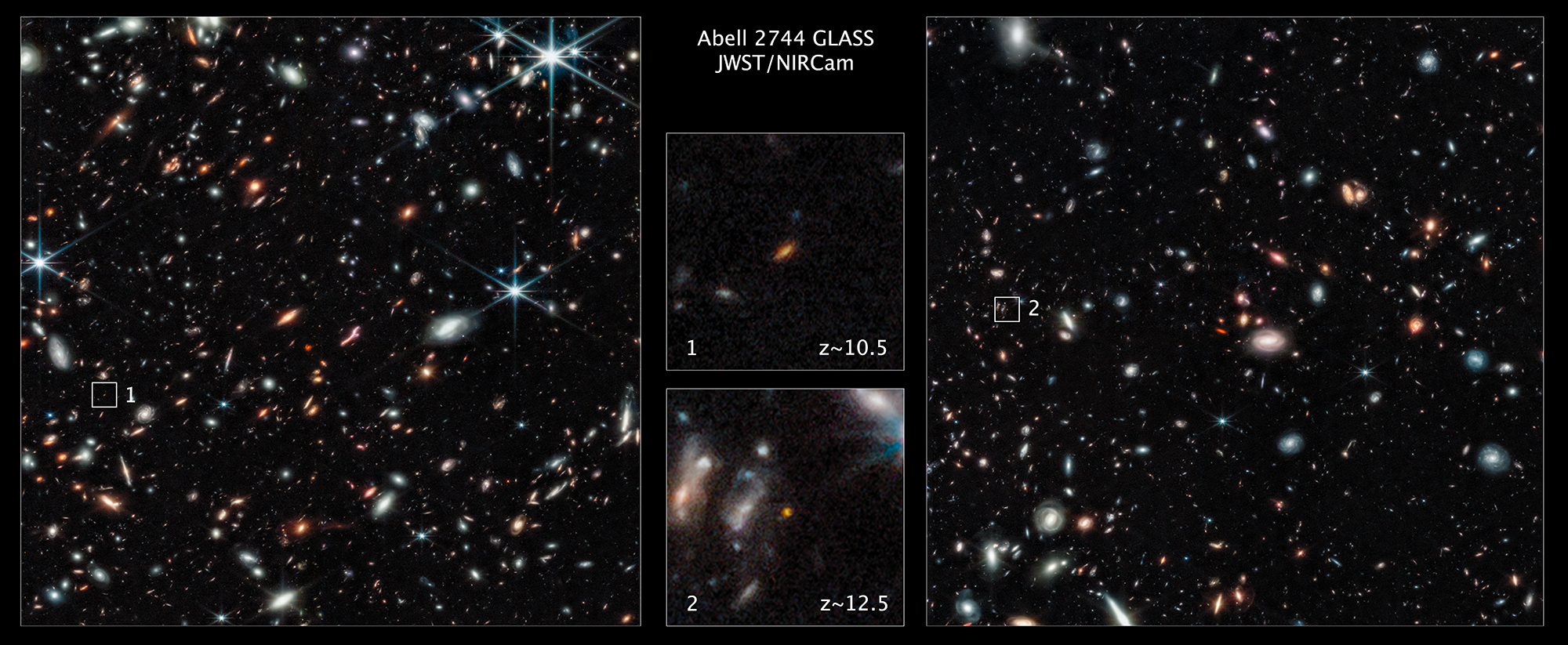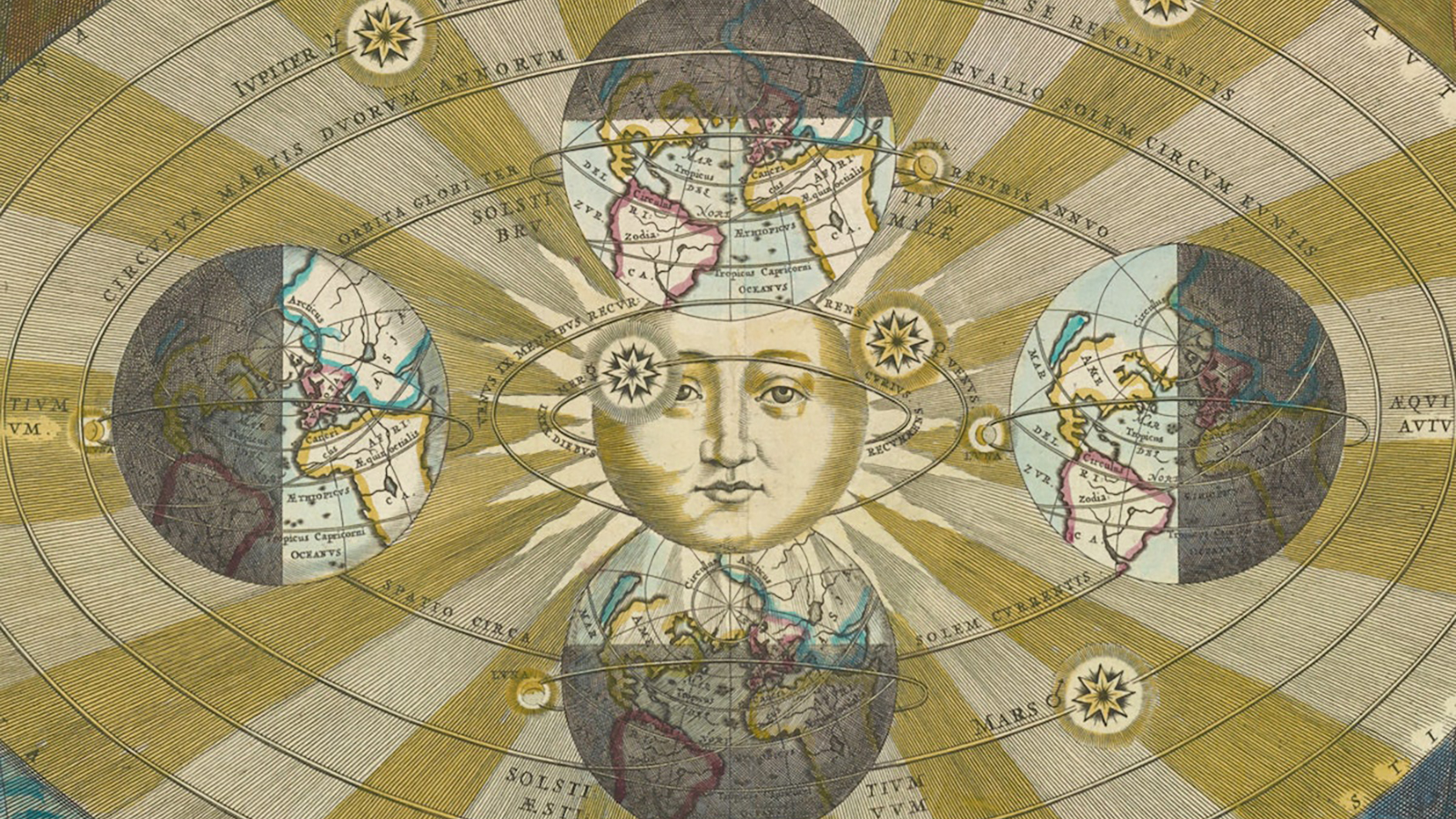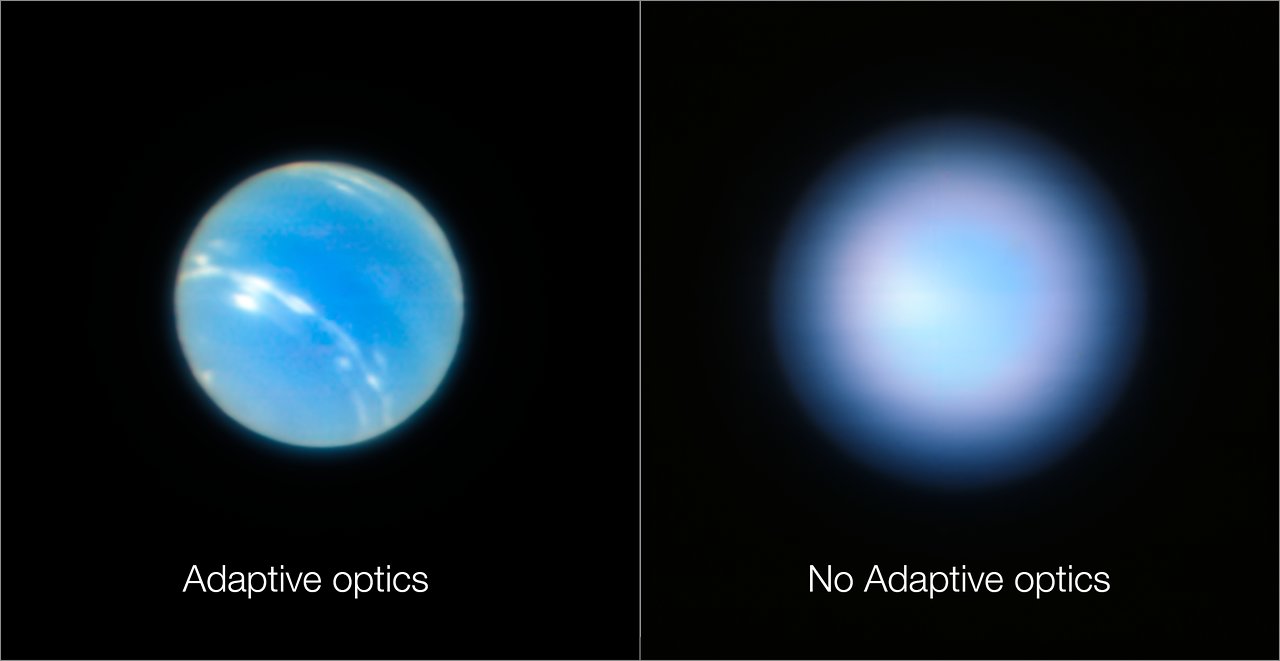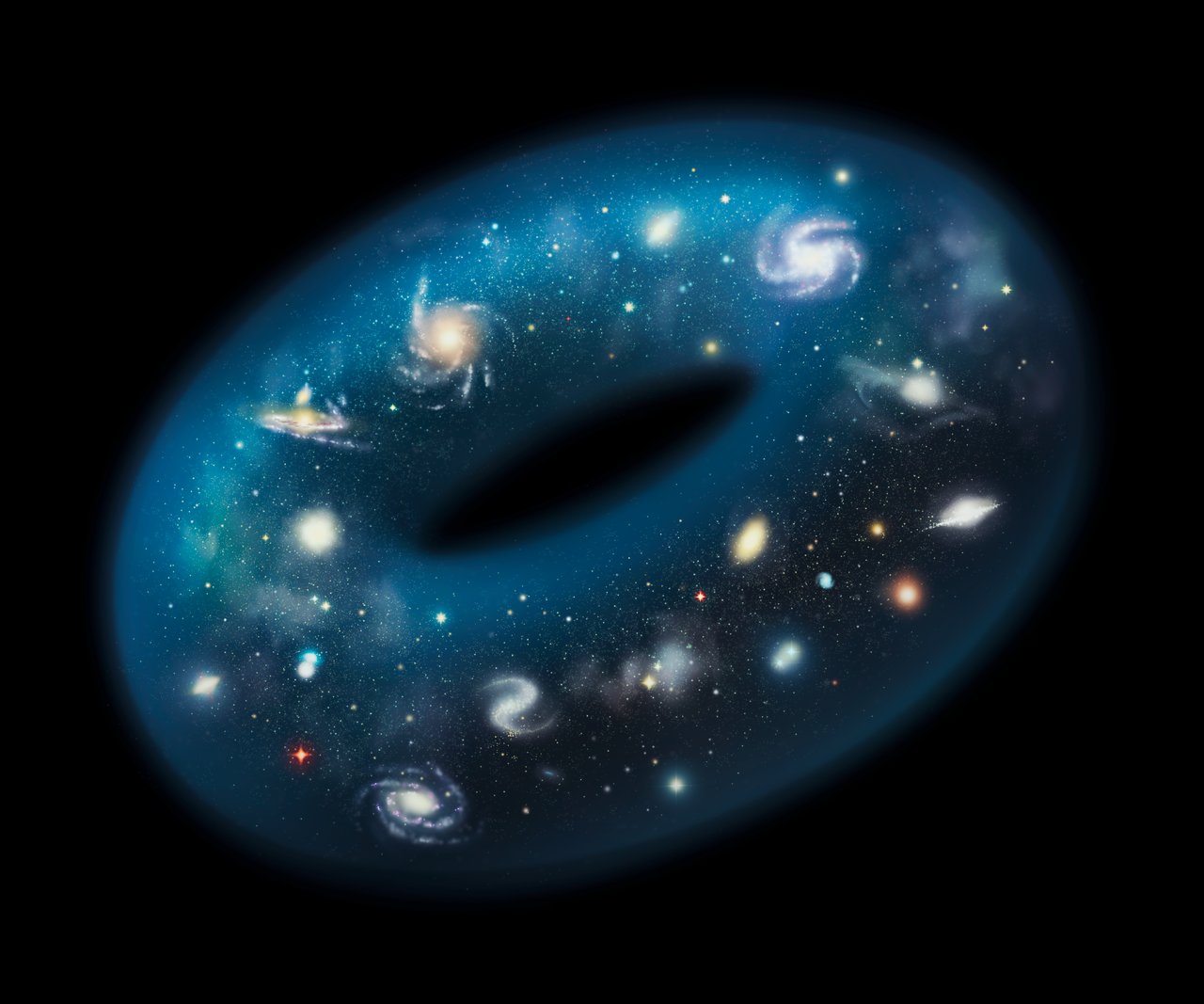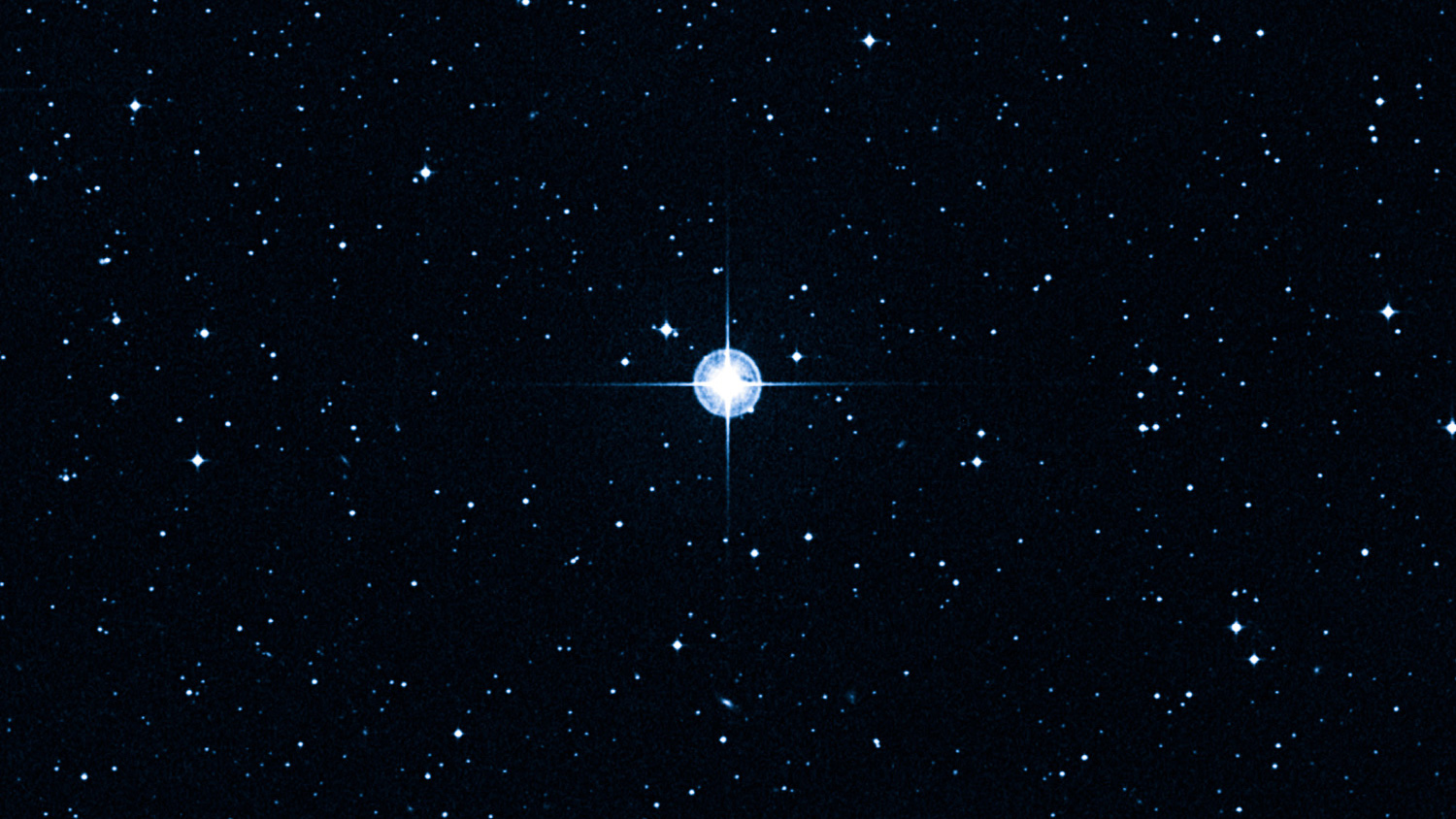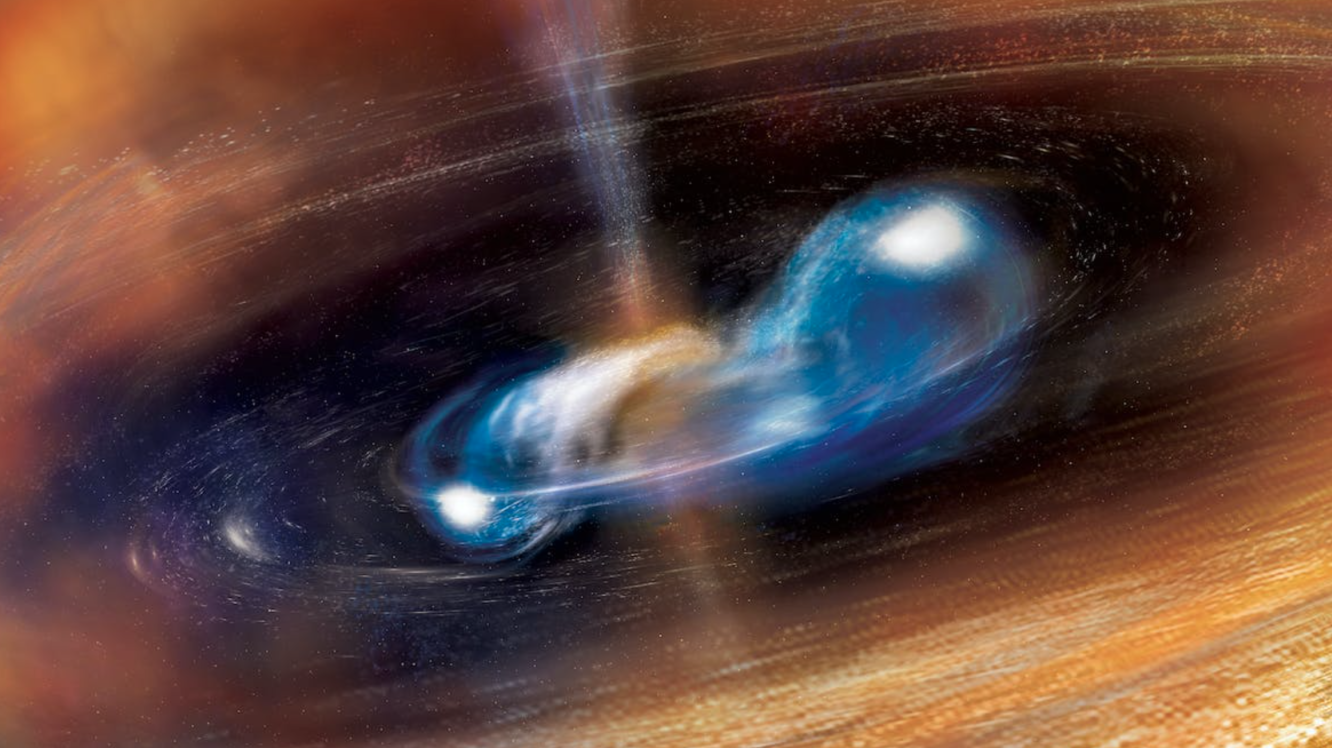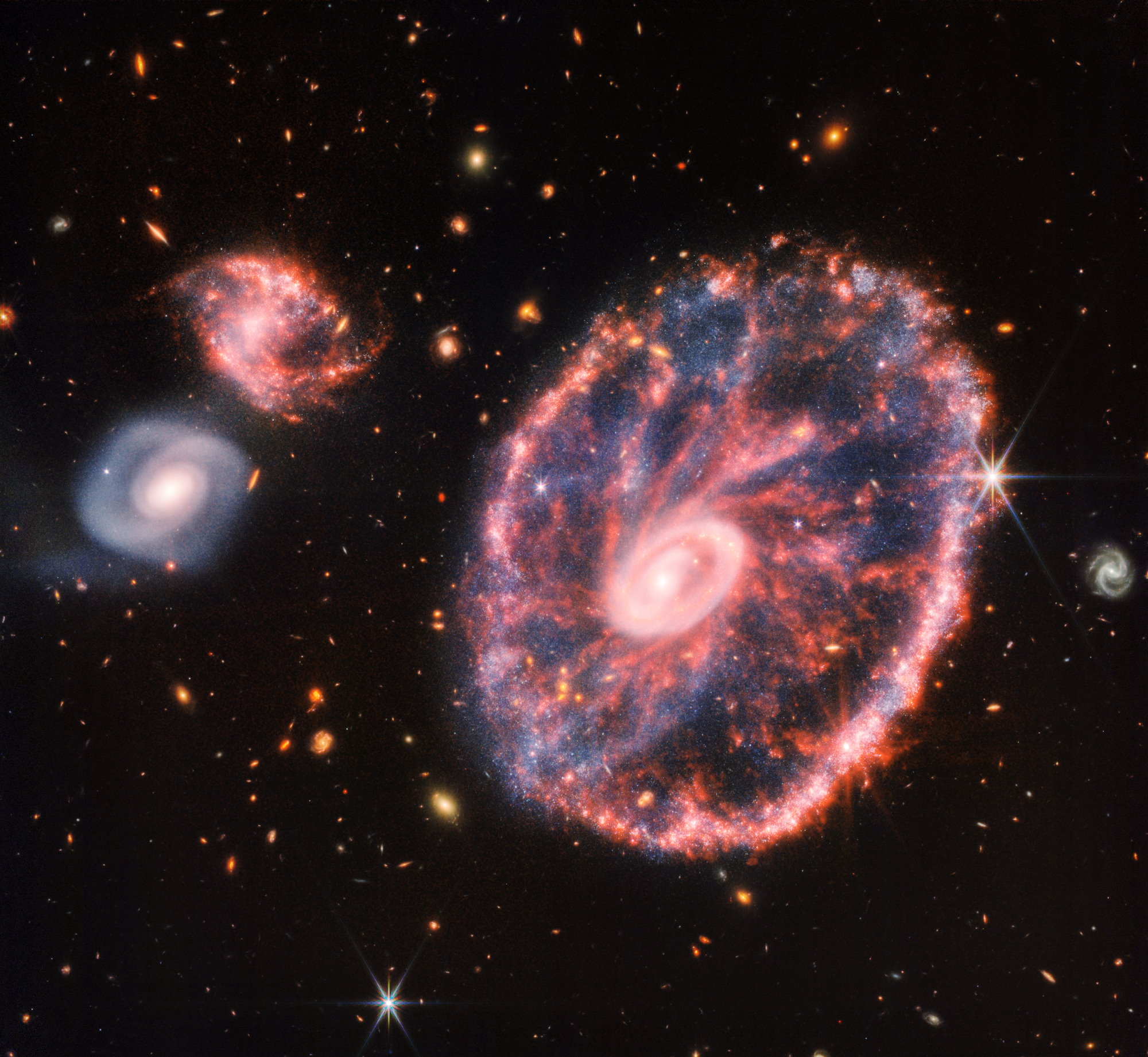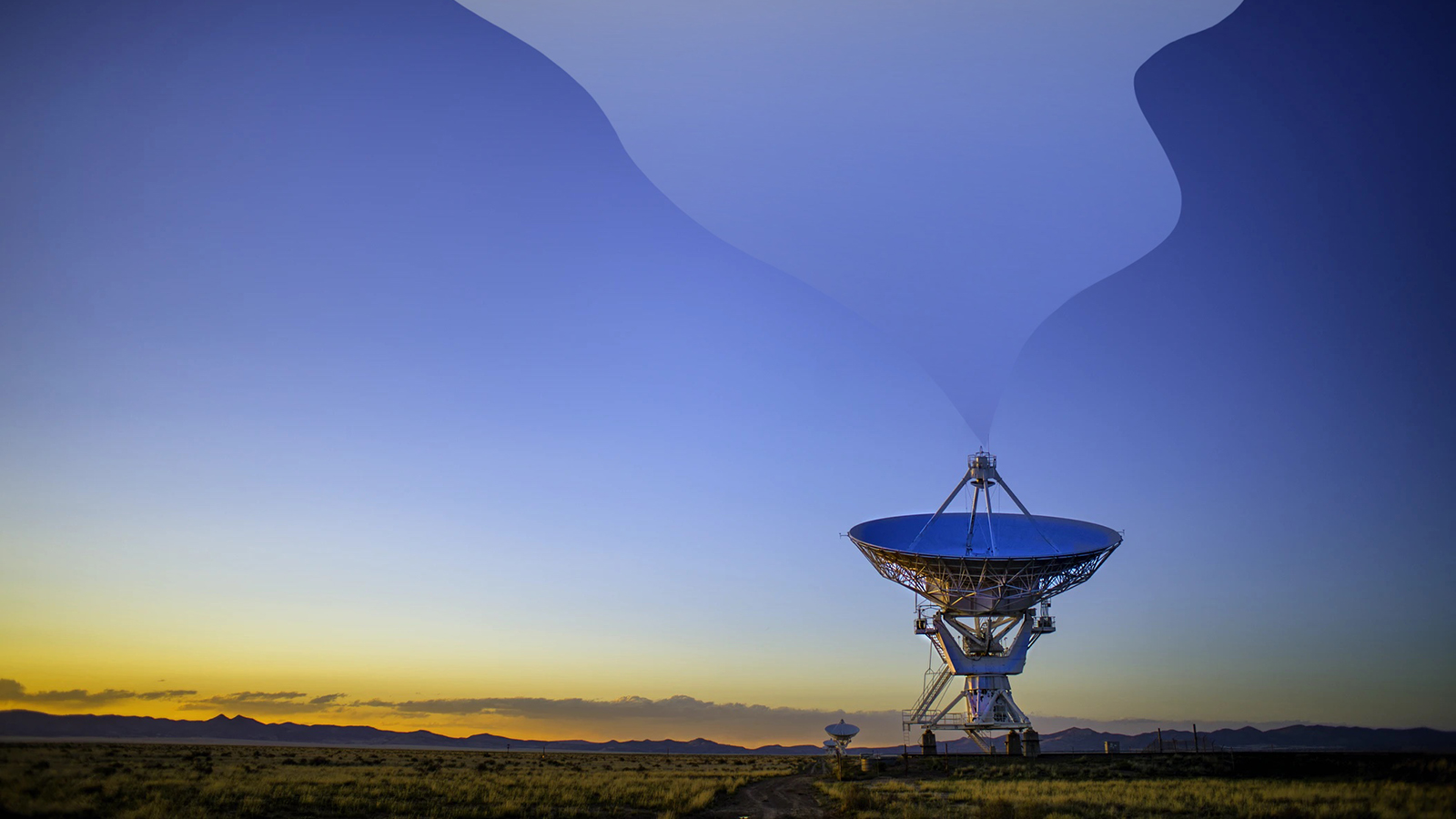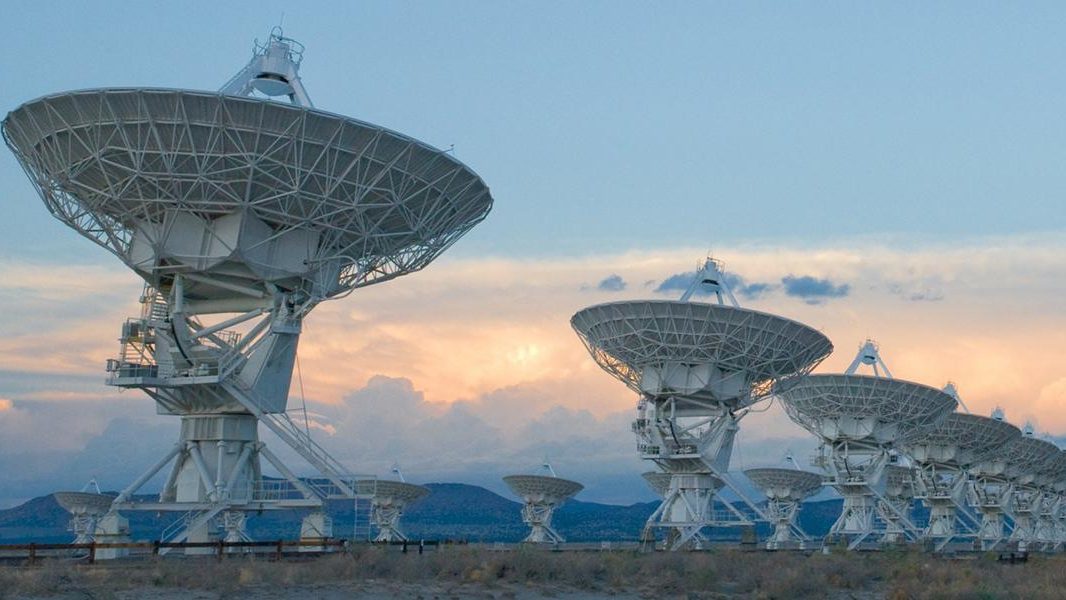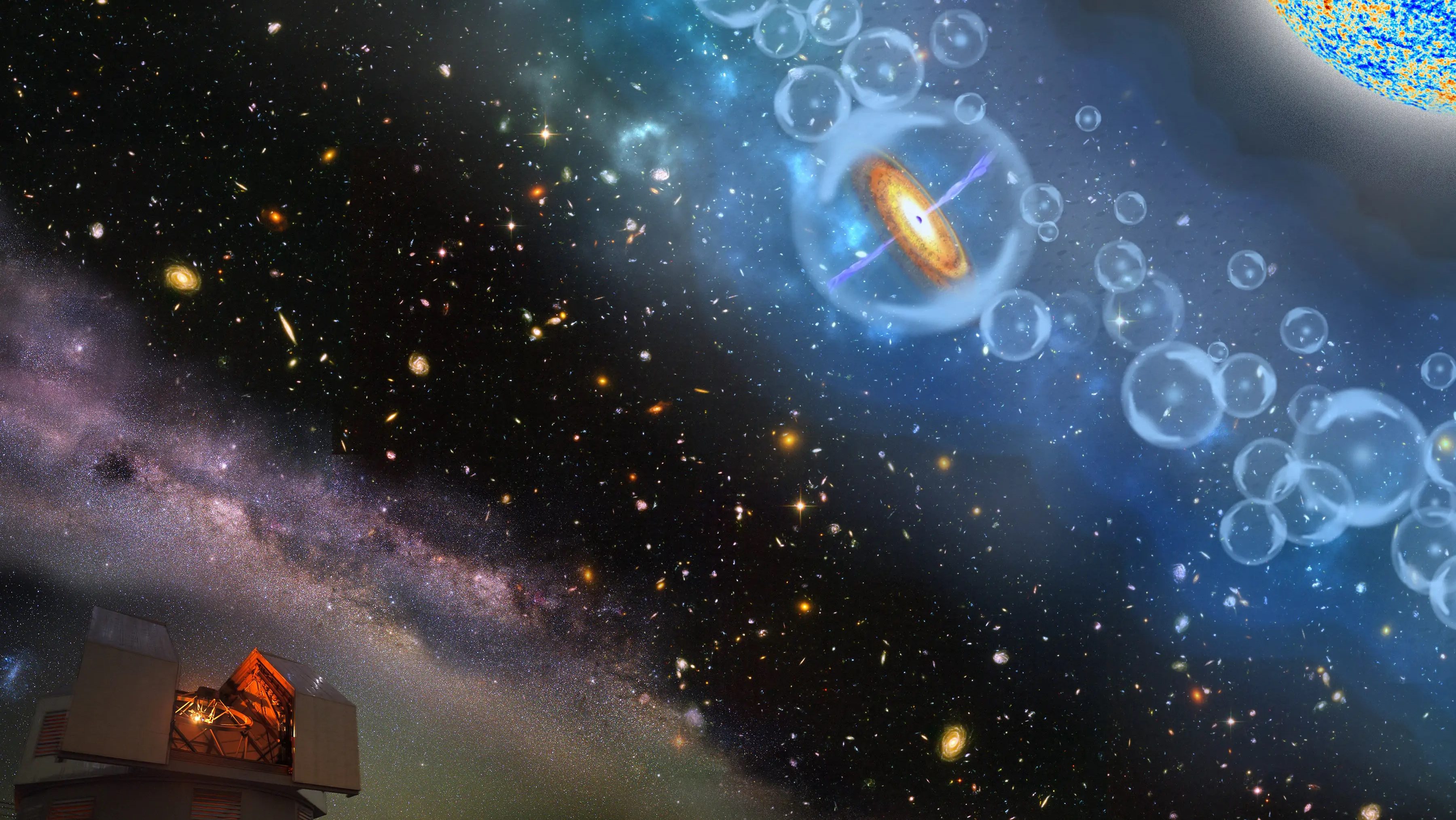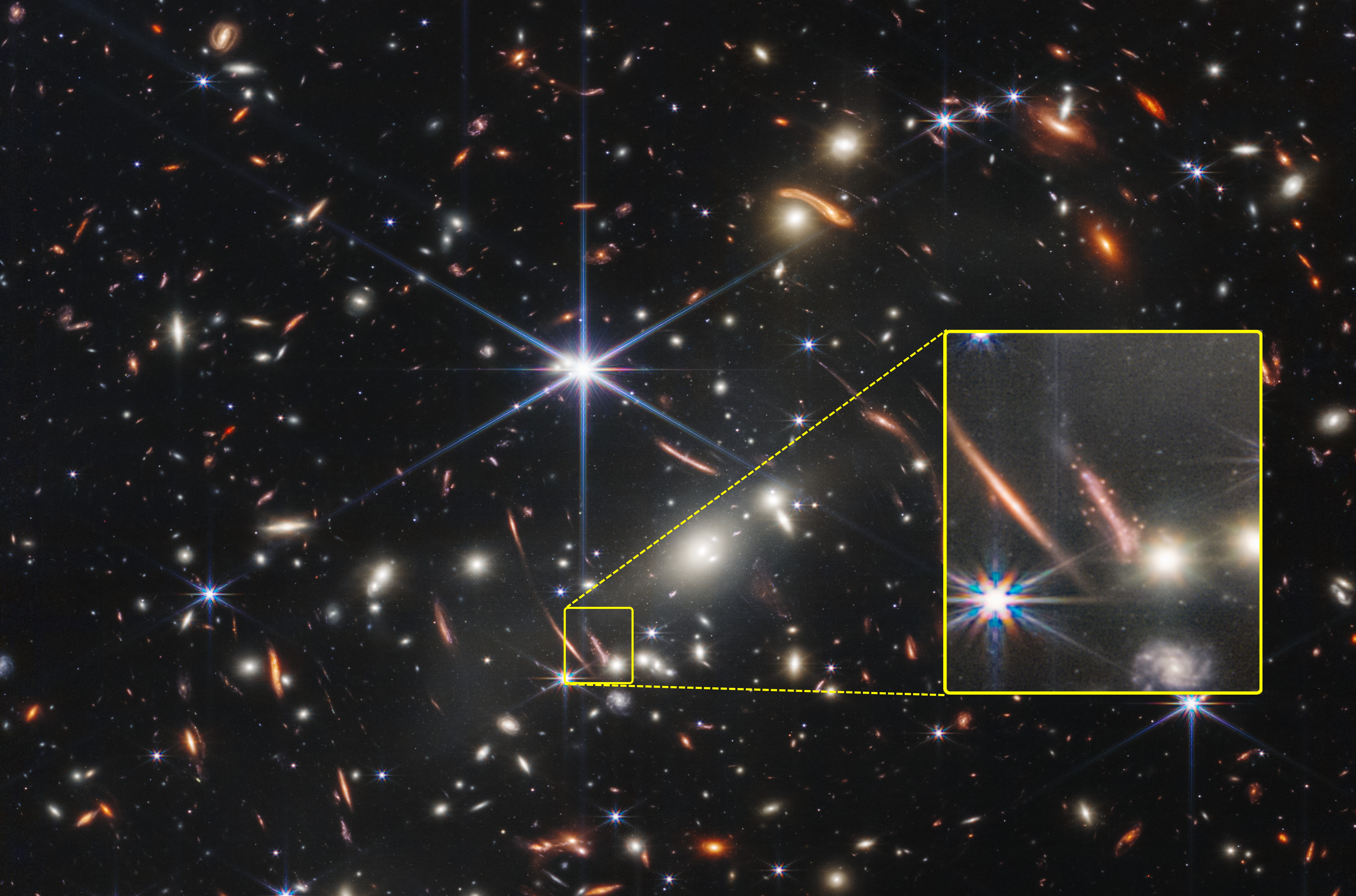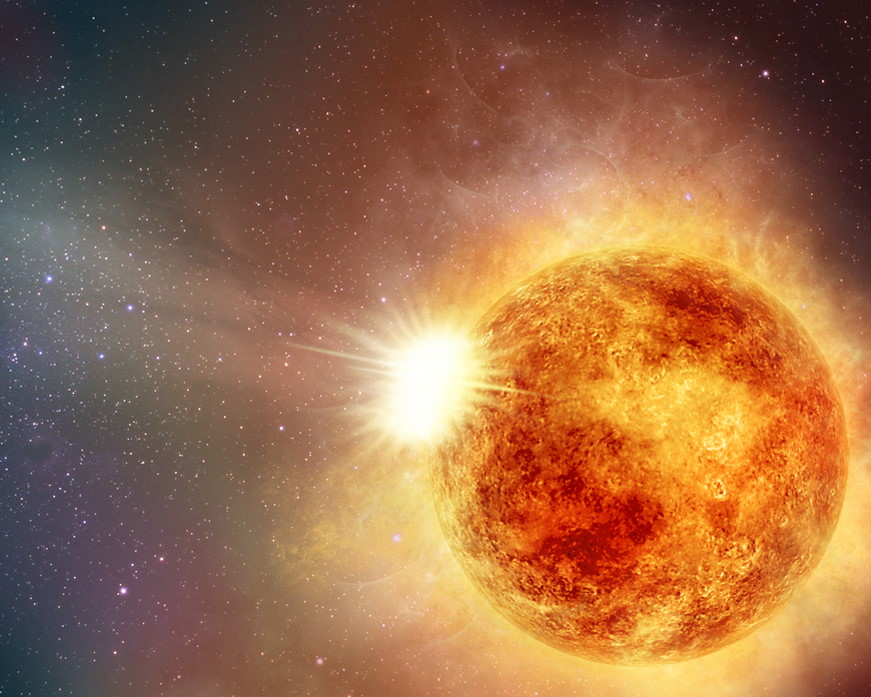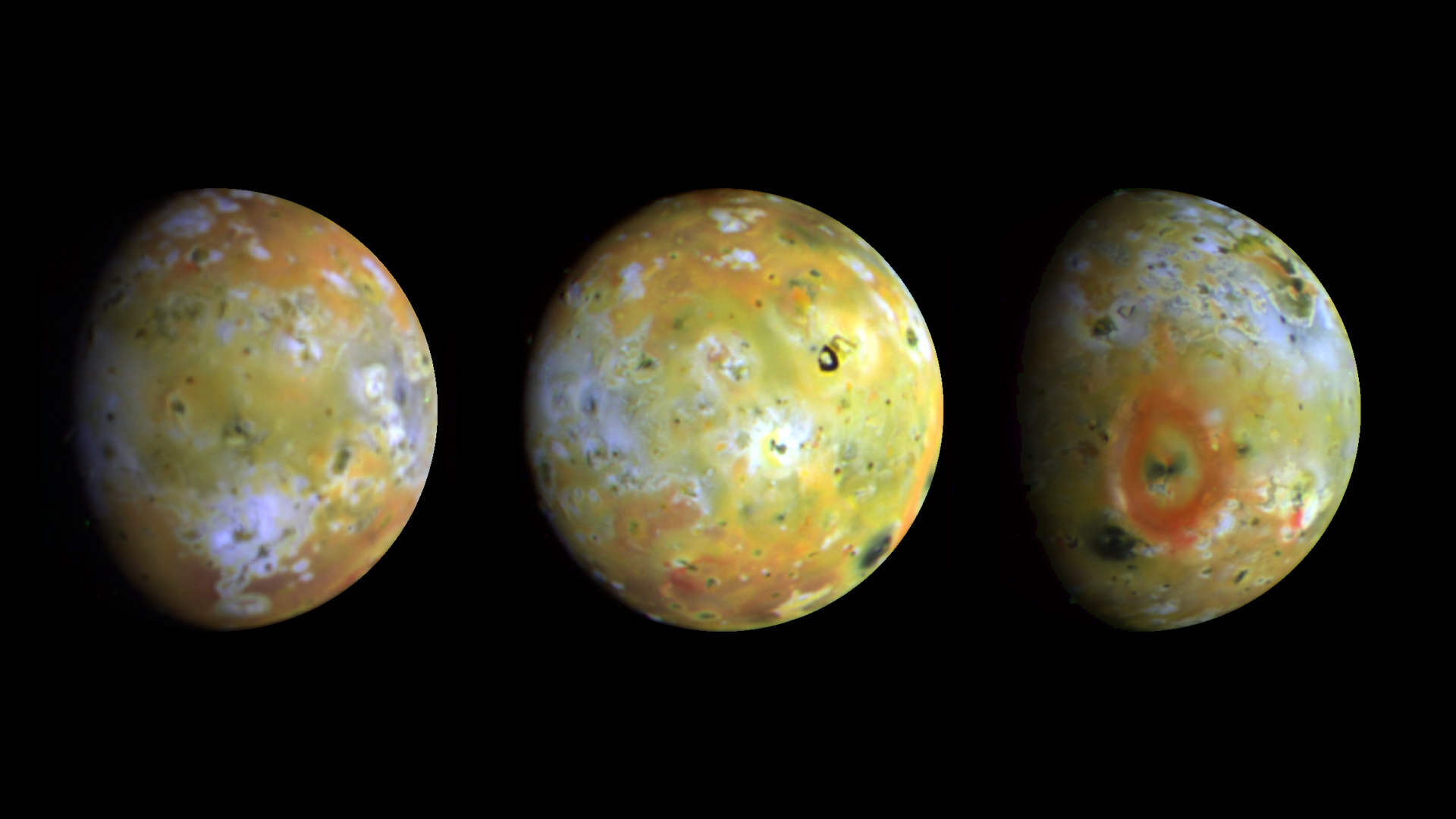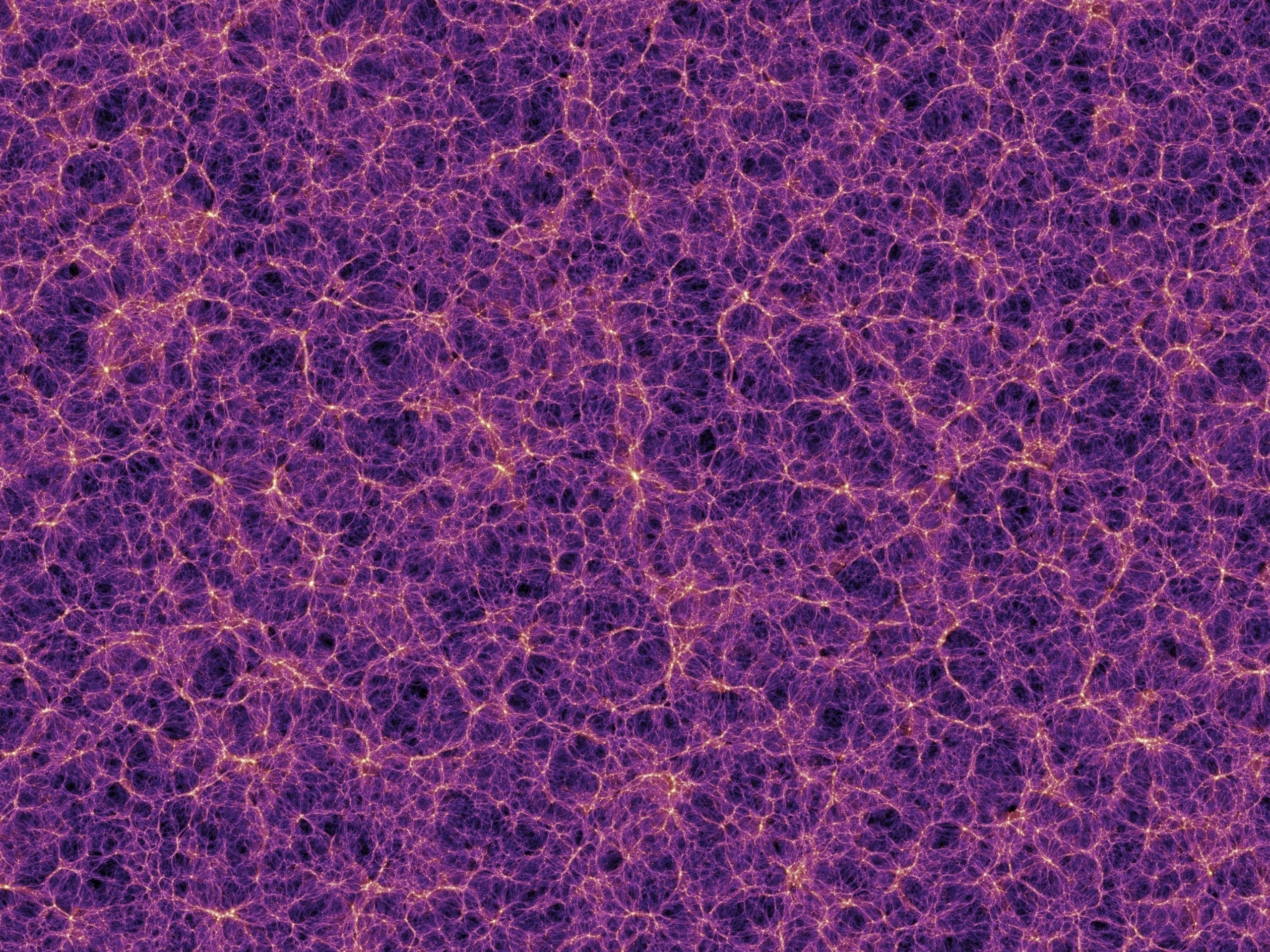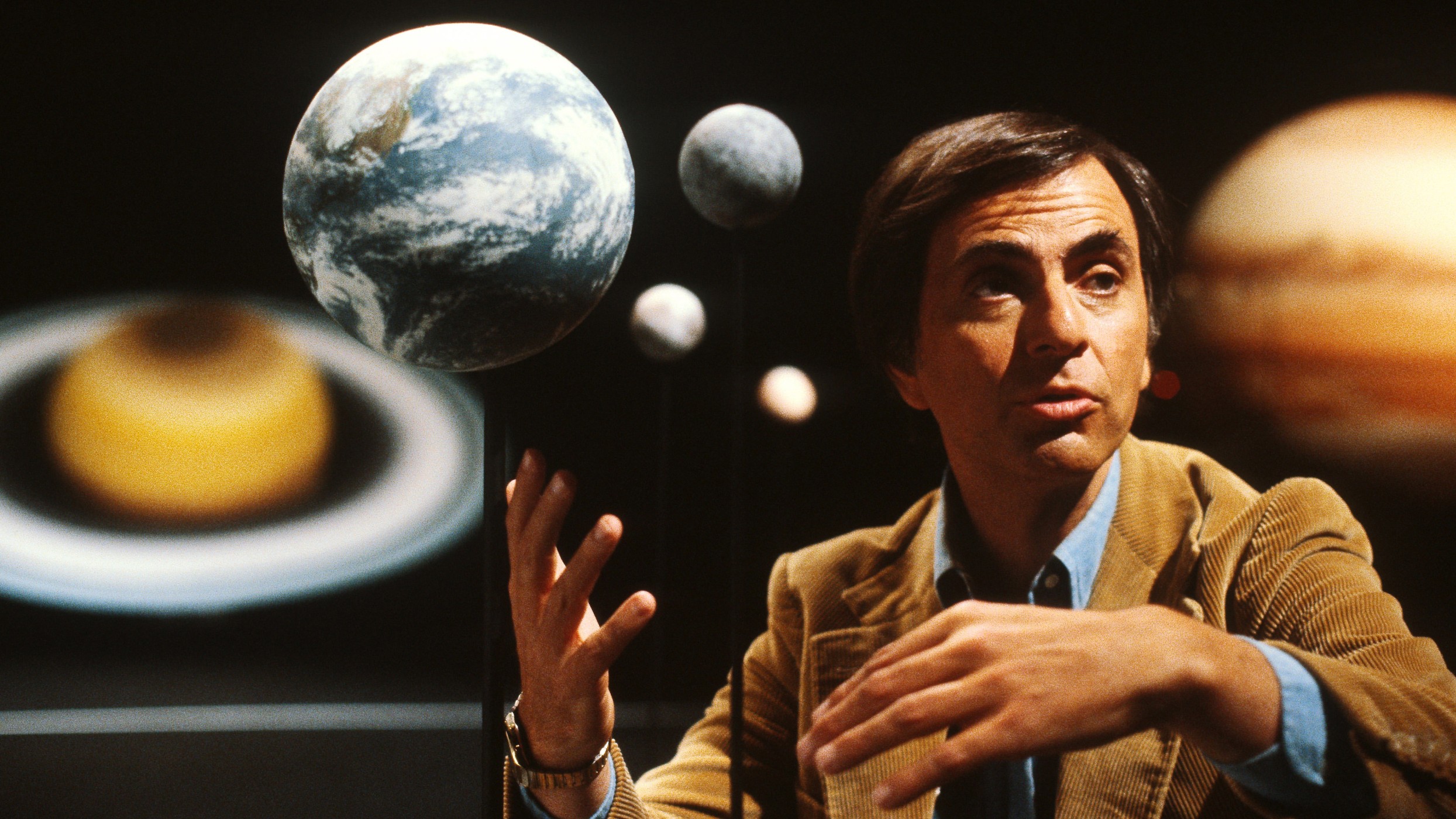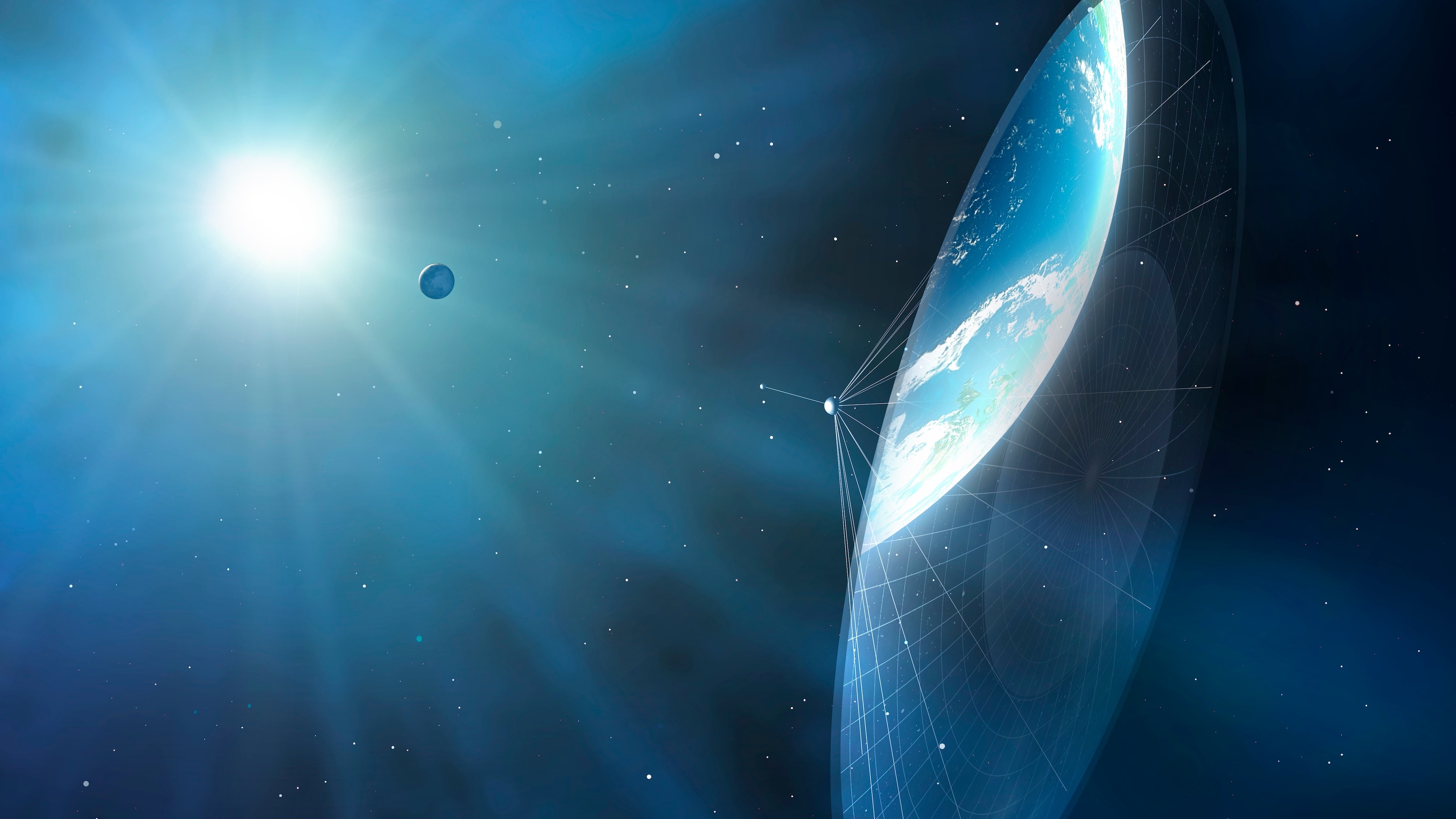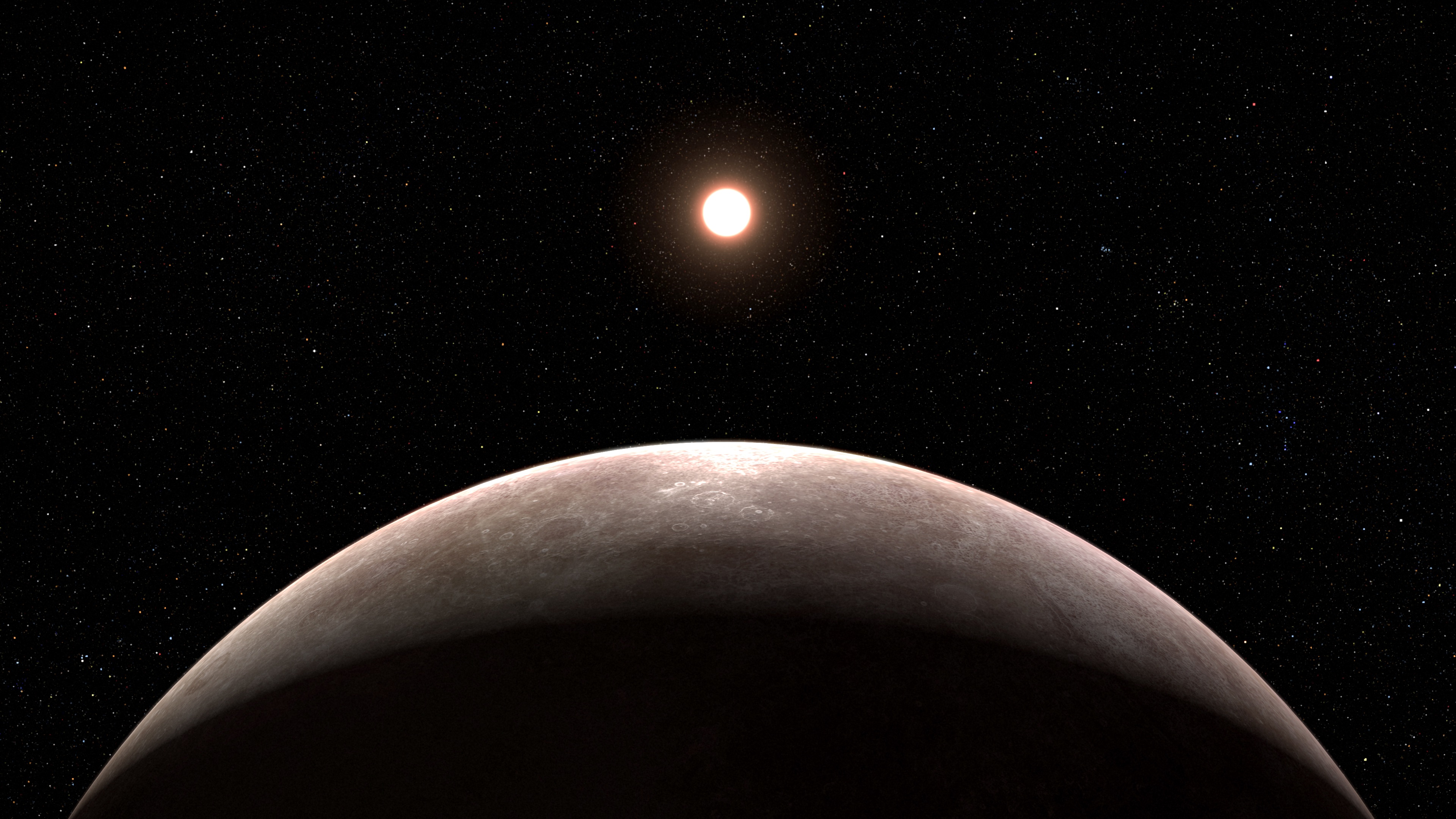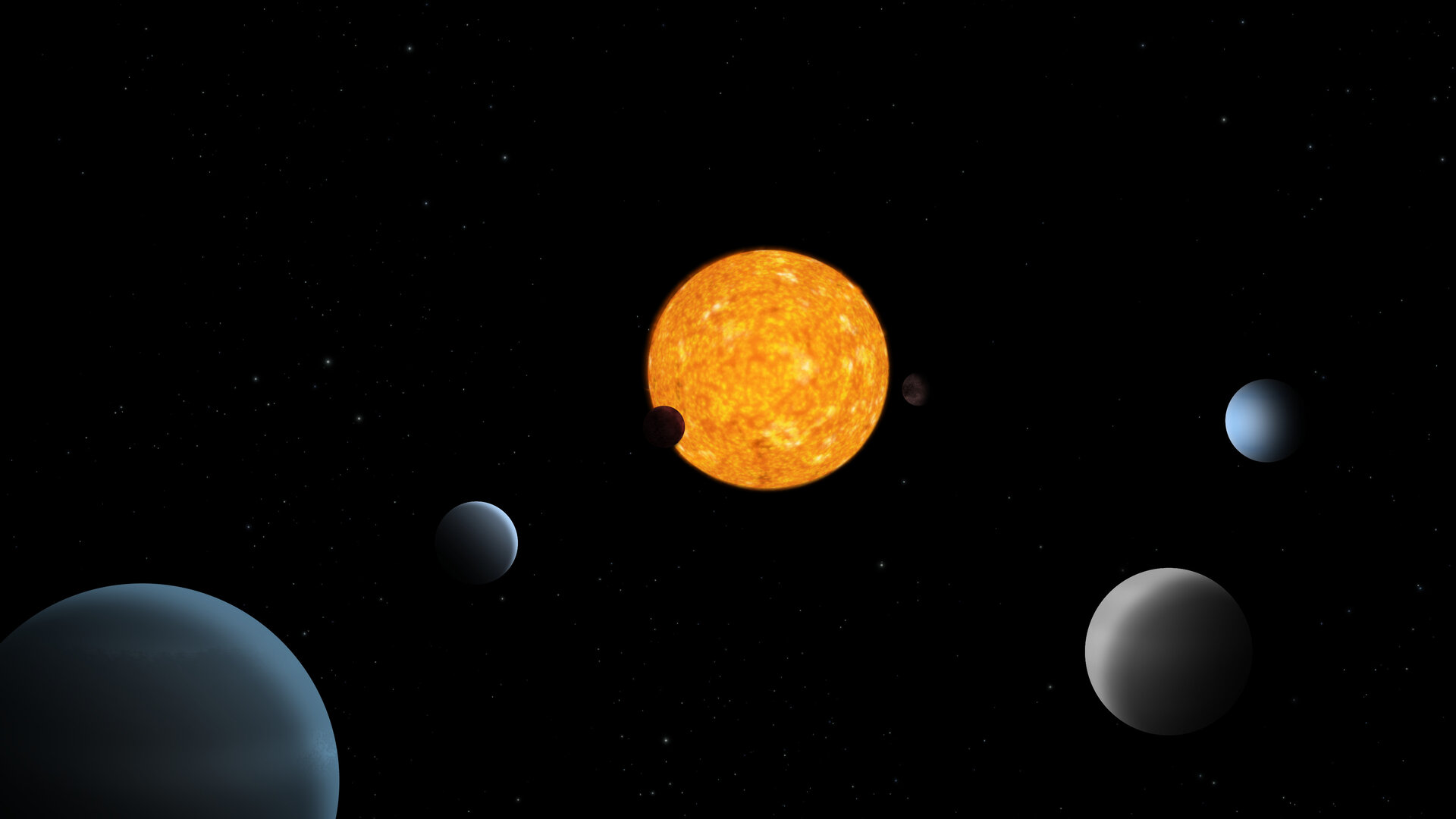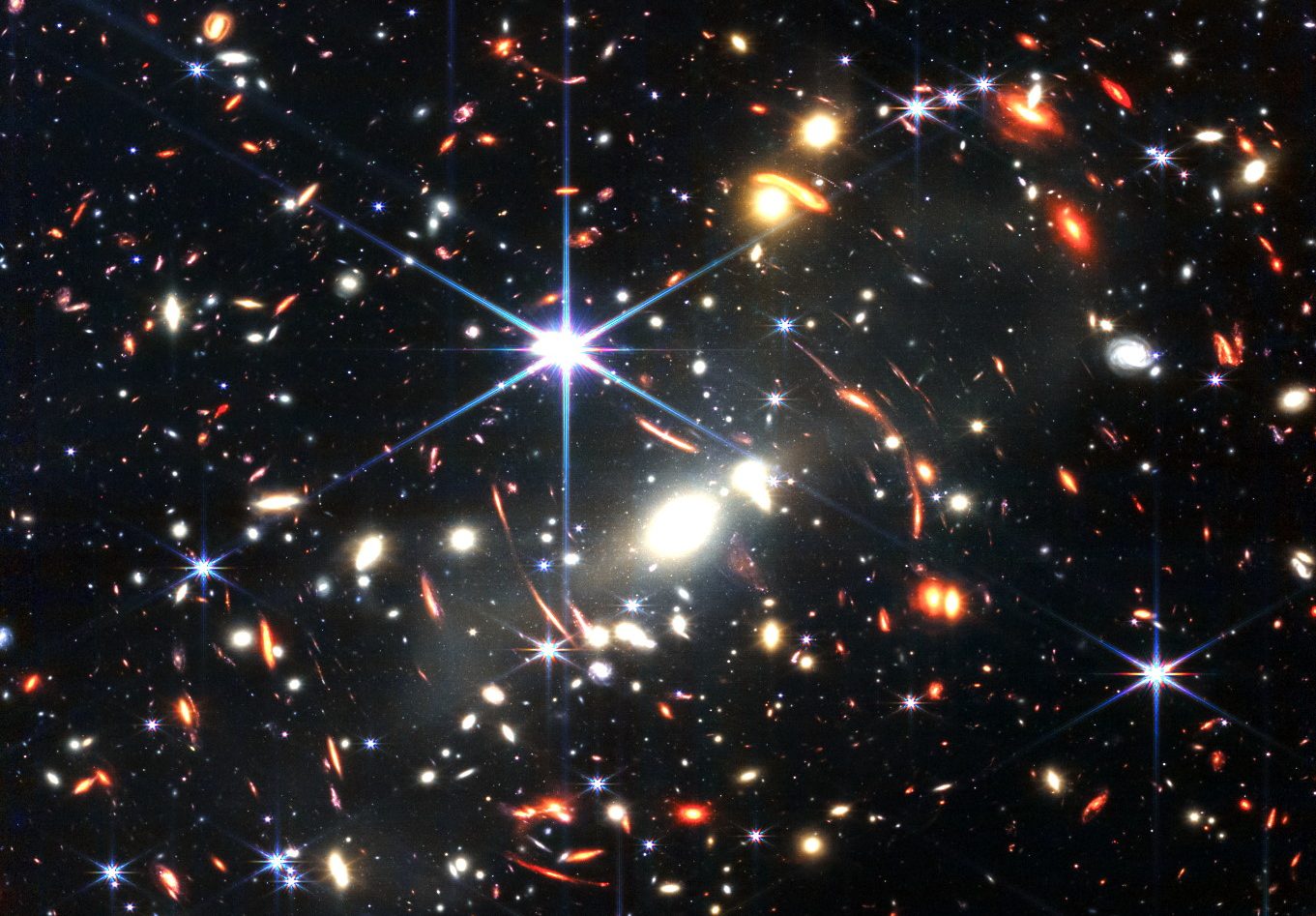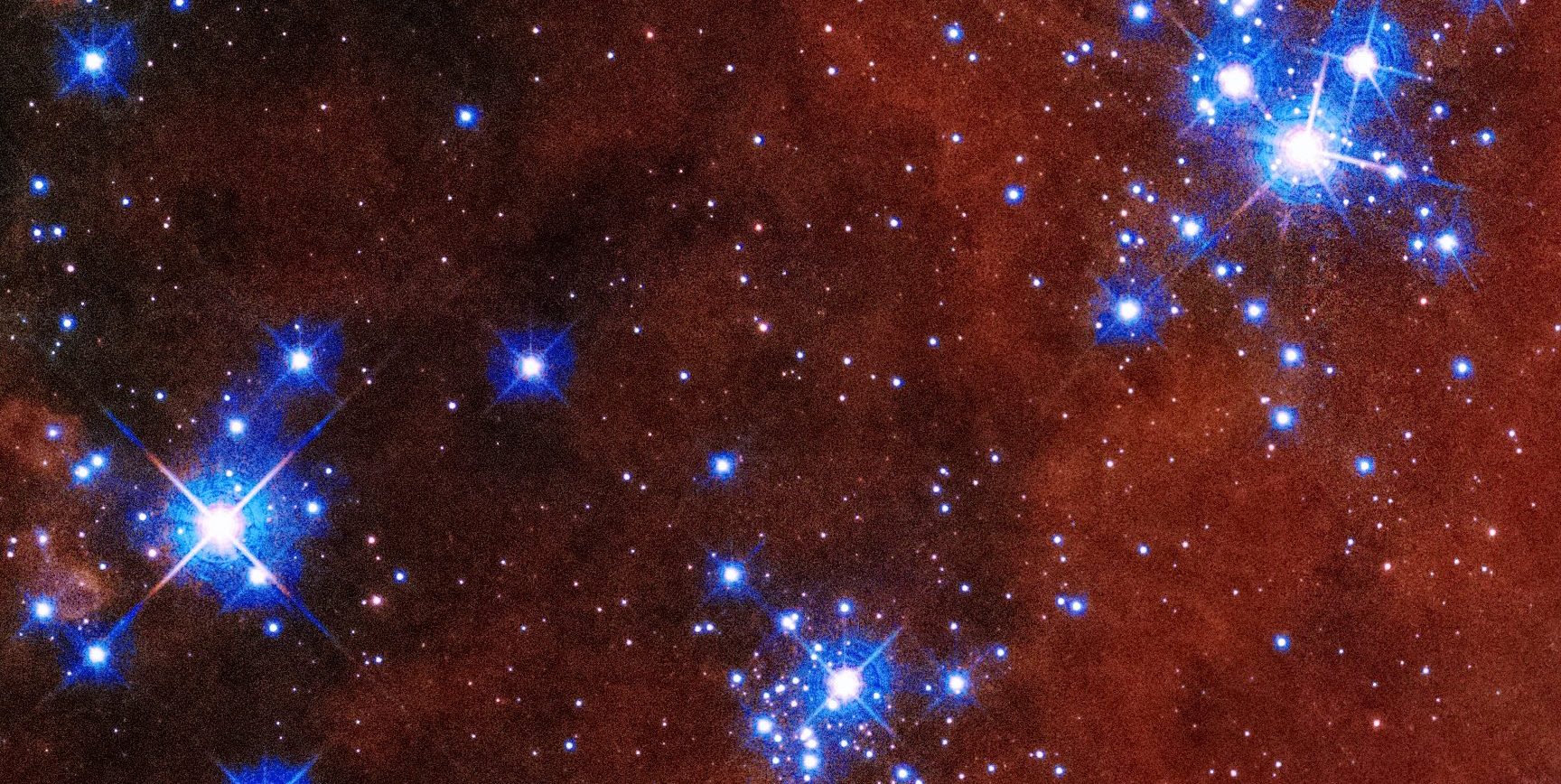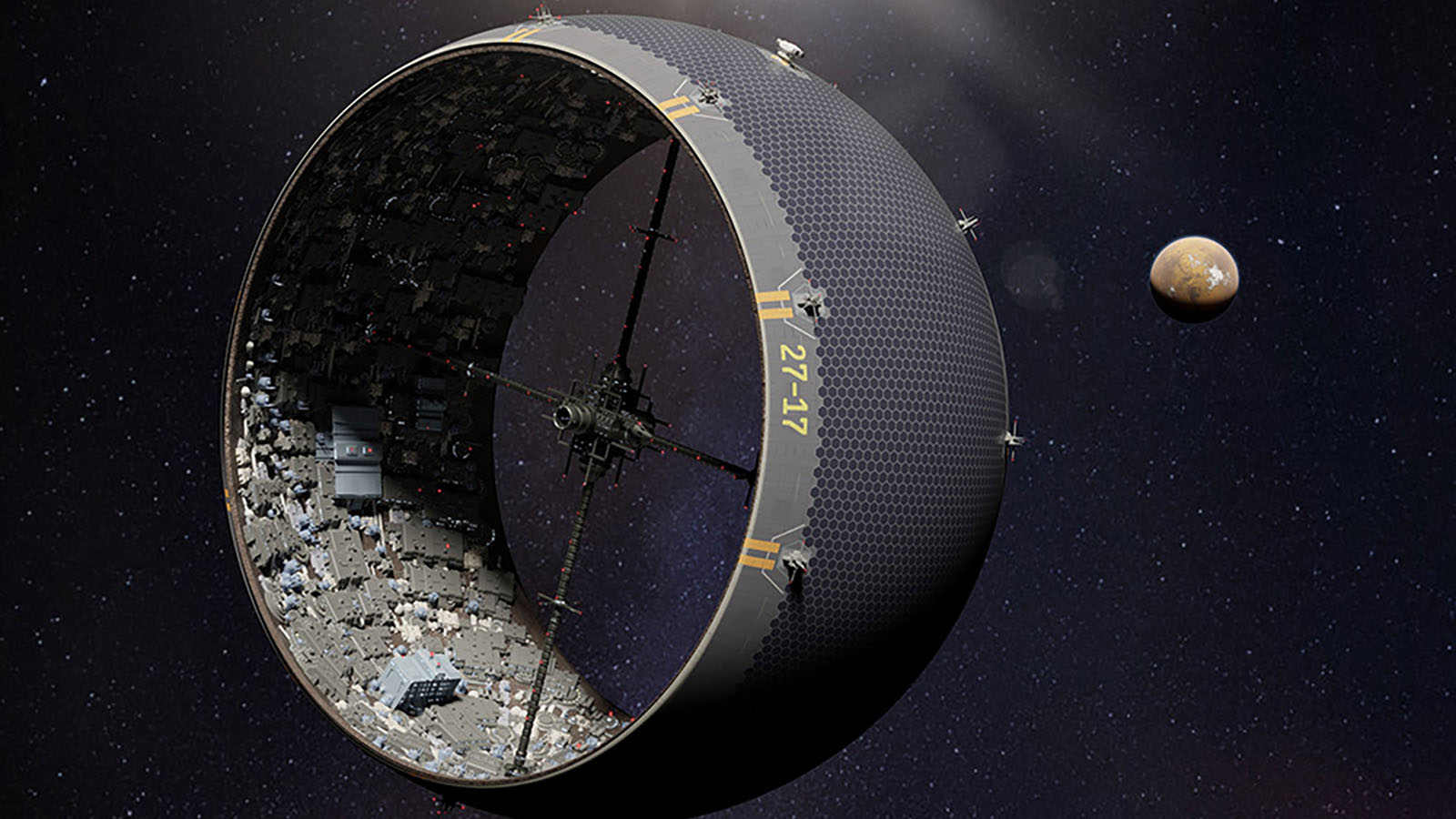Space & Astrophysics
19 years ago, the Bullet Cluster provided an empirical proof for dark matter. Even today, modified gravity still can’t explain it.
In general relativity, white holes are just as mathematically plausible as black holes. Black holes are real; what about white holes?
Air currents in our atmosphere limit the resolving power of giant telescopes, but computers and artificial stars can sharpen the blur.
We are traveling in a realm that once exclusively belonged to the gods. Space travel will force humanity to rethink everything.
Many people out there, including scientists, claim to have discovered a series of game-changing revolutions. Here’s why we don’t buy it.
The Universe isn’t as “clumpy” as we think it should be.
The Universe certainly formed stars, at one point, for the very first time. But we haven’t found them yet. Here’s what everyone should know.
A history of injustice and the greatest natural location for ground-based telescopes have long been at odds. Here’s how the healing begins.
Along with gravitational lensing and ALMA’s incredible long-wavelength spectroscopy, JWST is reshaping our view of the early Universe.
There might be a hard limit to our knowledge of the Universe.
Size matters, but it’s not the only thing.
In Einstein’s relativity and the Standard Model, we only have three spatial dimensions. But there could be more, and many think there are.
One study suggested that the “Methuselah Star” is older than the Universe itself.
In just a few seconds, a gamma-ray burst blasts out the same amount of energy that the Sun will radiate throughout its entire life.
Humanity’s newest, most powerful space telescope is performing even better than predicted. The reason why is unprecedented.
A conversation with an advanced alien species is likely to be simple and to take 1,000 years. It might also be dangerous.
If life is common in the Universe, then where is everybody? Known as the Fermi Paradox, a new project may help solve the riddle.
Individual space telescopes, like Hubble and JWST, revolutionized our knowledge of the Universe. What if we had an array of them, instead?
The information we have in the Universe is finite and limited, but our curiosity and wonder is forever insatiable. And always will be.
Most globular clusters appear to form their stars all at once, but there are exceptions. JWST just observed how “second formations” happen.
Here on Earth, the Sun is our primary source of light, heat, and energy. But it also poses a grave threat to human civilization.
On Earth, microbial growth is common in lava tubes no matter the location and climate, whether it’s ice-volcano interactions in Iceland or hot, sand-floored lava tubes in Saudi Arabia.
Human beings are tiny creatures compared to the 92 billion light-year wide observable Universe. How can we comprehend such large scales?
A quote from a 1995 book by astronomer Carl Sagan describes a world many find disturbingly similar to ours.
It’s a radical but plausible idea.
JWST just found its first transiting exoplanet, and it’s 99% the size of Earth. But with no atmosphere seen, perhaps air is truly rare.
Red dwarf stars were supposed to be inhospitable. But TOI-700, now with at least two potentially habitable worlds, is quite the exception.
JWST has seen more distant galaxies than any other observatory, ever. But many candidates for “most distant of all” are likely impostors.
Most of us have heard that the Sun is an ordinary, typical, unremarkable star. But science shows we’re actually anything but average.
The authors call it “wildly theoretical” — but let’s take a look, anyway.
